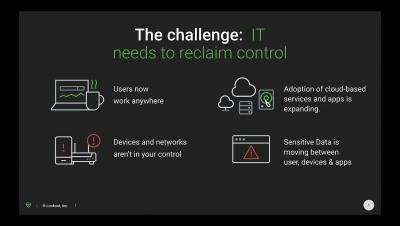The IKEA effect in Software Engineering
I recently had to revamp my home office setup and decided to make a trip to my closest IKEA. The wide range of choices of desks in Micke, Malm, Brusali, Alex, and Bekant was only the beginning of the journey. I knew I had to head back home with the desk, find a good place to unpack the unit, find my screwdrivers, hammer, alan keys, and finally dedicate a few hours of labor to assemble everything. I enjoy the process but it is not devoid of frustrations.











